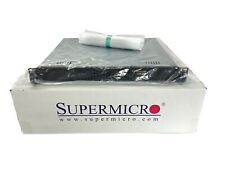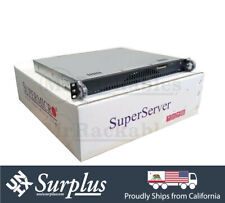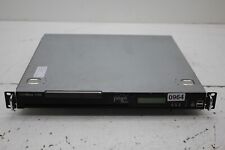-
Senior Member
registered user
Expanding the persistent store to 8+ GB as a first step
To follow up, I think it may be an advantage to do as much as possible before starting the remastering process. That implies doing package installs, upgrades etc the "ordinary" way as much as possible. But how to, within 4GB space? No way there, but we don't have to confine ourselves to FAT32 and DVD limitations.
I just tried out expanding knoppix-data.img to 8.5 GB, and that works well on ext3. I place the Knoppix package on an ext3 partition and run from there, starting from USB with the fromhd= cheatcode. I'm not sure if there will be some kind of performance problems with large loop-mounted images, but I haven't seen any so far. So I will try with an even larger persistent store, allowing me to do more comprehensive installs and compile large programs.
If we, after cleaning up and remastering, get outside the 4GB limits, there are several ways to still use USB sticks as basis. The simplest is to format the stick to ext2/ext3, install (for example) GRUB on it and just dump the Knoppix files to it. Somewhat more elaborate would be to split the compressed packages on two volumes, or work with several uncompressed volumes - that has worked just fine for me.
I think using Linux file systems on sticks is very practical. For exchange of data with other platforms, we can set up a smaller FAT (or even NTFS) partition on the stick, and have that partition automatically mounted on boot-up. Typically, a 16 GB stick could be partitioned into 15 GB ext2 and 1 GB FAT32, the ext2 volume: 4 GB compressed, 10 persistent and 1 spare.
 Posting Permissions
Posting Permissions
- You may not post new threads
- You may not post replies
- You may not post attachments
- You may not edit your posts
-
Forum Rules


1U BareMetal pfsense opnsense Router Firewall DNS Server 6x 10GB Ethernet Ports
$149.00

Custom Server 15" Depth X11SSH-F E3-1270 V6 3.8Ghz 4 Core - 128GB NVME 32GB RAM
$399.00

SQL Server 2022 Standard Unlimited Cores
$508.45

Globalscale Technologies DreamPlug AppNeta M22 Linux Server Dual GB Ethernet
$24.99

Globalscale Technologies DreamPlug AppNeta M22 Linux Server Dual GB Ethernet
$21.99

PFSENSE 15" Depth Server Router Firewall Supermicro X11SSH-F E3-1240 V5 32GB RAM
$382.00

1U Rackmount Firewall/Server
$179.00

1U Open Source Router Firewall X10SLH-N6-ST031 E3-1270 V3 6x 10GB Ethernet 16GB
$419.00

POGO Linux WEBWARE 1150 Rack-Mount Server Pentium 4 2.8GHz 512MB - No Drives
$179.99

1U Supermicro Server 10 Bay 2x Intel Xeon 3.2Ghz Total 16 Cores 64GB DDR4 2x 10
$377.00



 Reply With Quote
Reply With Quote










